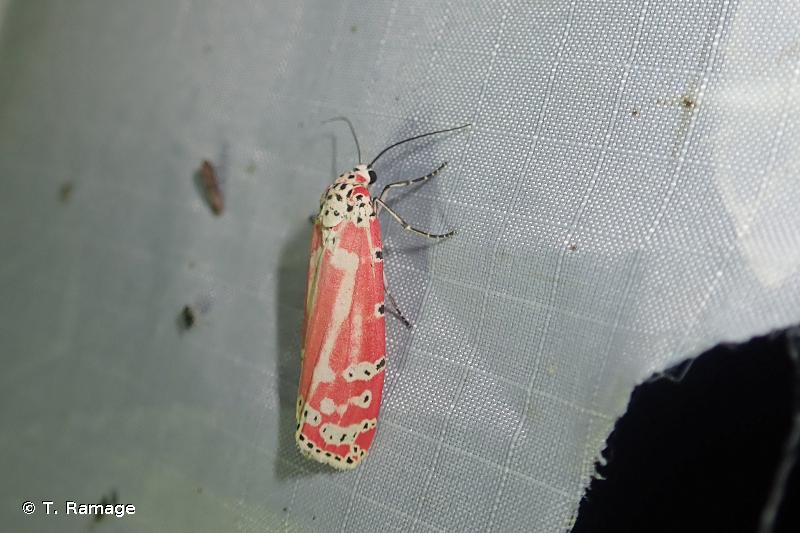

Additionally,Ī large body of knowledge also exists on the interaction of U. Summarized by Boppre (1990) and will not be reviewed here. Interactions between PA-containing plants and Lepidoptera in general are (LaMunyon & Eisner 1993 iyengar et al 2002). 1990), andĮvidence suggests that larger ones may be favored by sexual selection

2012), larger malesĬontain more PAs than the smaller males (conner et al. This is important, because the genetic quality of malesĬorrelates with the pheromone signal (Kelly et al. Species has been studied in depth (conner 2008 and references therein).įor instance, pheromone production in males has been determined toĭirectly depend on their diet as caterpillars, and only occurs when theĭiet contains Crotalaria pyrrolizidine alkaloids (PAs) (conner et al.ġ981). Their wings, and white, spotted heads, thoraxes, and abdomens-aĬoloration that advertises their demonstrated distastefulness to These moths are brightly, aposematicallyĬolored, with shades of yellow, red, pink, orange, and white adorning Its caterpillars feed on host plants in the genus Crotalaria (rattlebox Midwestern regions of the United States and throughout the Neotropics. The ornate moth, Utetheisa ornatrix L., is found in the eastern and

Retrieved from (Fabales%3a+Fabaceae)+as+host+plants+of+the.-a0349488861


 0 kommentar(er)
0 kommentar(er)
